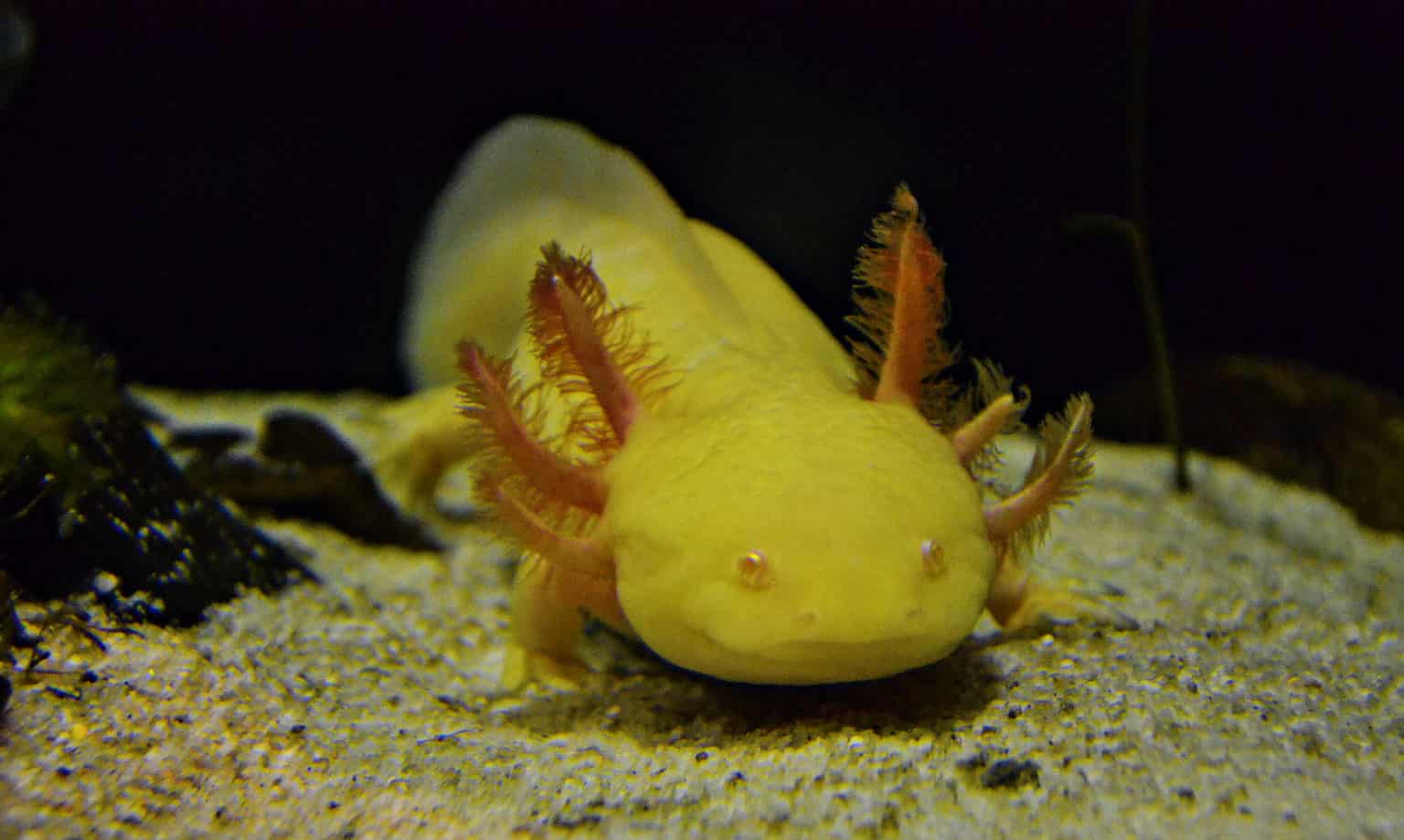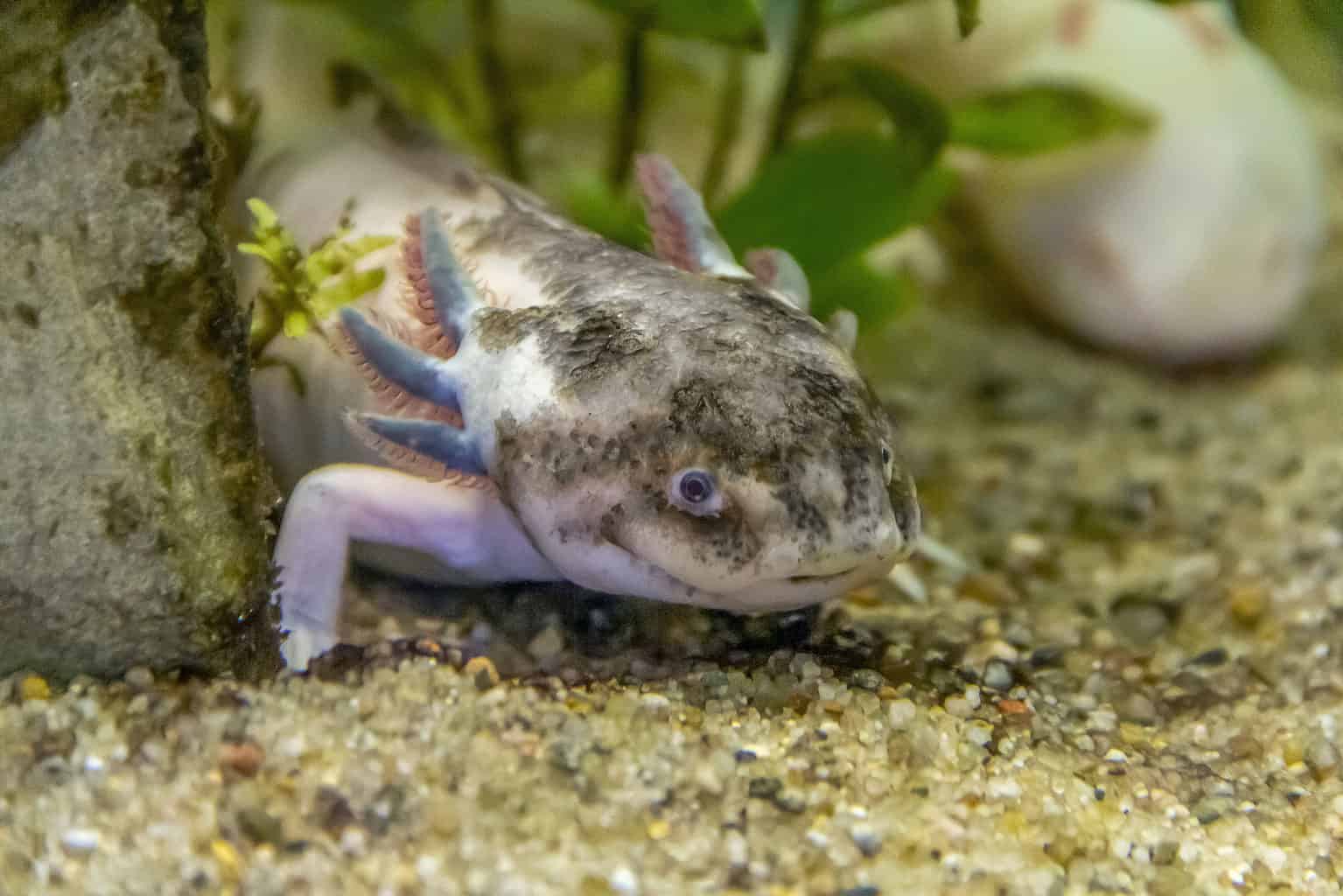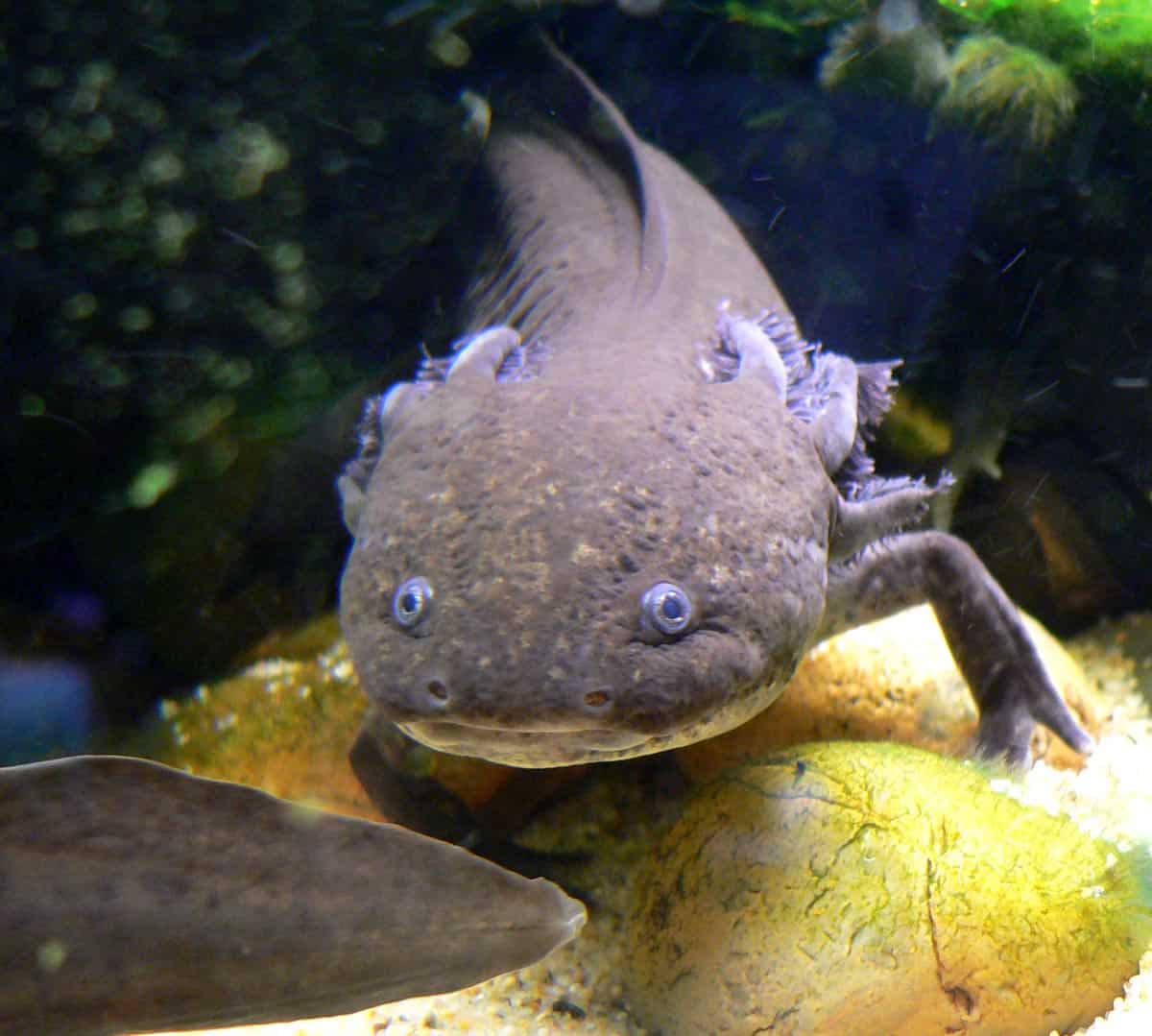Latin America
Related: About this forum'Adopt an axolotl' campaign launches in Mexico to save iconic species
Source: Associated Press
‘Adopt an axolotl’ campaign launches in Mexico to save iconic species
BY DANIEL SHAILER
Updated 6:21 PM EST, November 24, 2023
MEXICO CITY (AP) — Ecologists from Mexico’s National Autonomous university on Friday relaunched a fundraising campaign to bolster conservation efforts for axolotls, an iconic, endangered fish-like type of salamander.
The campaign, called “Adoptaxolotl,” asks people for as little as 600 pesos (about $35) to virtually adopt one of the tiny “water monsters.” Virtual adoption comes with live updates on your axolotl’s health. For less, donors can buy one of the creatures a virtual dinner.
In their main habitat the population density of Mexican axolotls (ah-ho-LOH'-tulz) has plummeted 99.5% in under two decades, according to scientists behind the fundraiser.
Last year’s Adoptaxolotl campaign raised just over 450,000 pesos ($26,300) towards an experimental captive breeding program and efforts to restore habitat in the ancient Aztec canals of Xochimilco, a southern borough of Mexico City.
-snip-
Read more: https://apnews.com/article/axolotl-conservation-mexico-money-fundraiser-4f004dd6c1ae9170ec4795860c71b270
IcyPeas
(24,798 posts)
Judi Lynn
(164,047 posts)Story by Katelynn Sobus •
8mo
The axolotl is a type of salamander closely related to the Tiger Salamander. However, unlike other salamanders, they don’t outgrow the water and instead remain aquatic their entire lives. Some of the rarest axolotl colors include piebald, copper, lavender, firefly, chimera, and mosaic. The rarest of these is mosaic, which means the axolotl has spots or patches throughout its body. In this article, we’ll go through some rare axolotl colors from most common to most rare.
1. Copper

Copper axolotls are most common in the oceans around the United States and Australia. ©iStock.com/Lucia Martini
© Provided by AZ Animals
Copper axolotls are albino with beige bodies and darker orange-brown spots all over their bodies. This is because they lack the black color you see on many axolotls due to their albinism.
These axolotls are most common in the United States and Australia, but even in these countries, they are uncommon to see.
2. Piebald

Piebald axolotls are white or clear with many black spots or markings along the body. ©iStock.com/prill
© Provided by AZ Animals
Piebald axolotls are white or clear with many black spots or markings along the body. They typically have a black line going down their back from head to tail, though it may not be solid and will have unpredictable edges rather than being a straight line.
This pigmentation is genetic, though it’s unreliable. Unfortunately, this means piebald axolotls are still quite rare to see!
3. Lavender/Dalmatian

The lavender axolotl has a light purple hue, grayish-red gills, and black eyes. ©Stan Shebs, CC BY-SA 3.0, via Wikimedia Commons – License
© Provided by AZ Animals
Lavender axolotls have purple skin with darker spots. These spots earned their nickname “Dalmatian axolotls.
They live in America, where they’re still relatively rare — and also very lovely to look at!
More:
https://www.msn.com/en-us/lifestyle/pets/discover-6-rare-and-unique-axolotl-colors/ar-AA1eGrdO
